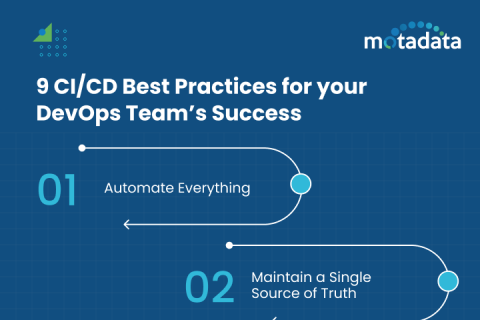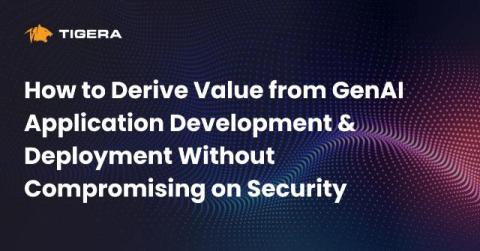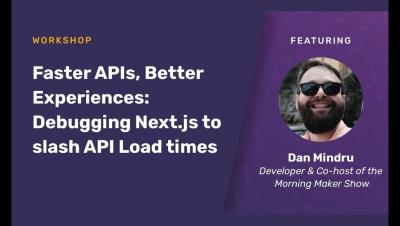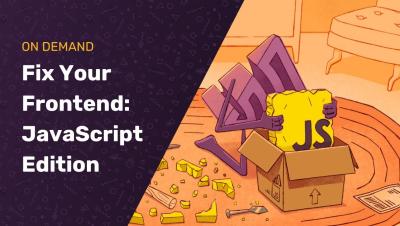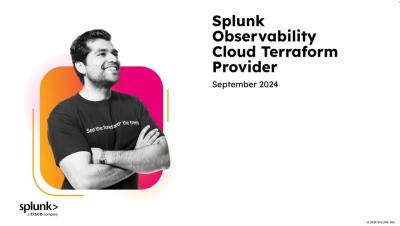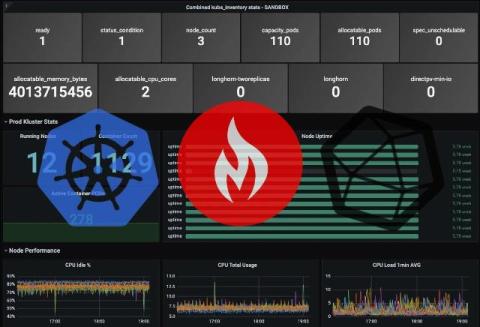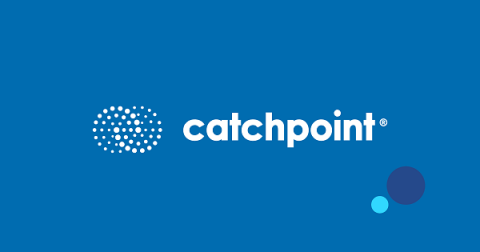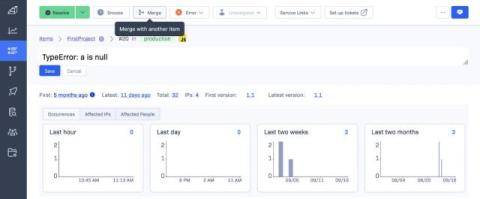Top 9 CI/CD Best Practices for your DevOps Team's Success
Continuous Integration (CI) and Continuous Deployment (CD) have become quite popular in the software development environment for they emphasize automation and streamlined workflows. By implementing CI/CD best practices, developers will be able to deliver high-quality software faster and enhance productivity. However, the implementation of CI/CD practices is not an easy task, you may require careful planning to execute the process and gain results.


